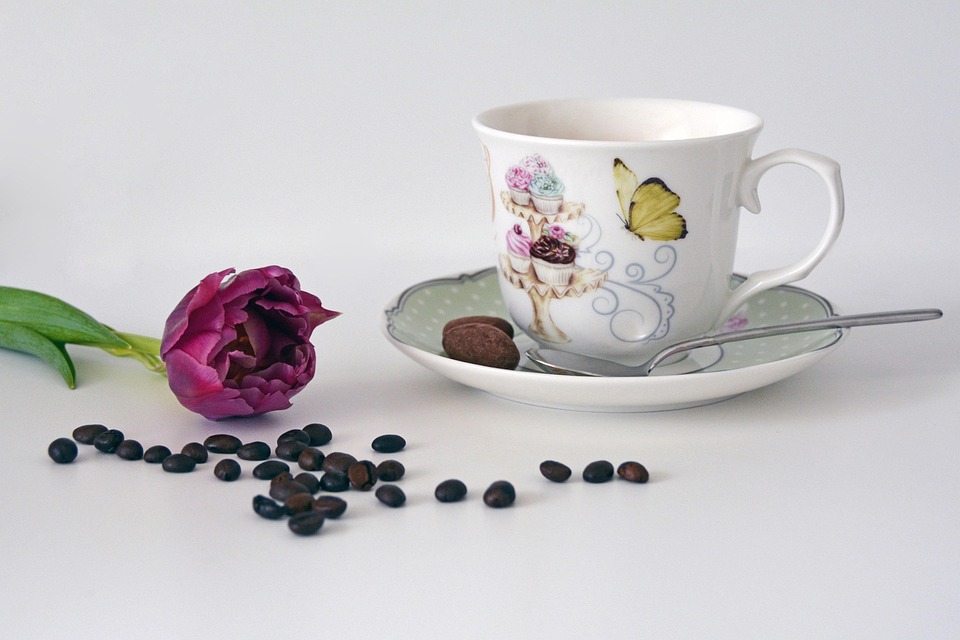The Journey of Premium Raw Coffee Beans: From Farm to Cup
<p>Coffee is more than just a drink; it’s an experience that often starts from lush, green coffee farms scattered across the globe. The journey of premium raw coffee beans is intricate, involving several critical steps that transform a simple seed into the aromatic beverage many people love.</p>
<h3>The Origins: Coffee Farming</h3>
<p>The journey begins at the coffee farms, primarily located in the "Coffee Belt," which encompasses Latin America, Africa, and Asia. Premium coffee beans often come from high-altitude regions where the climate and soil conditions are ideal for coffee cultivation. For example, in Indonesia, the rich volcanic soil contributes to the unique flavor profiles of its specialty Arabica coffee.</p>
<p>Farmers dedicate themselves to cultivating the best quality coffee cherries. This involves choosing the right cultivars, caring for the coffee plants, and managing pests organically when possible. Techniques such as shade-growing help in preserving the ecosystem while enhancing the bean's flavor.</p>
<h3>Harvesting: Picking the Perfect Cherry</h3>
<p>Next, once the coffee cherries ripen, they are hand-picked. This manual process is crucial for maintaining quality, as only ripe cherries are selected. In fact, it can take several passes through the farm over a harvest season to ensure that only the best cherries are picked.</p>
<h3>Processing: What Happens After Harvesting?</h3>
<p>Once the cherries are harvested, they undergo processing, which can significantly affect the flavor profile of the coffee. The two primary methods are:</p>
<ul>
<li><strong>Washed Processing:</strong> The fruit is removed from the bean before fermentation, leading to a cleaner taste that highlights the bean’s intrinsic flavors.</li>
<li><strong>Natural Processing:</strong> The cherries are dried with the fruit still on, allowing the sugars to seep into the bean, resulting in a sweeter flavor.</li>
</ul>
<h3>Dried to Perfection</h3>
<p>Following processing, the beans are spread out in the sun or placed in mechanical dryers to reduce moisture content. Proper drying is essential; too much moisture can lead to mold, while too little can enhance bitterness.</p>
<h3>Milling: Preparing the Bean</h3>
<p>Once dried, the beans are hulled to remove the parchment layer and sorted for quality. This process may include grading based on size, weight, and visual defects. Skilled workers often perform this task to ensure the beans meet the standards expected for premium coffee.</p>
<h3>Quality Control: Tasting the Beans</h3>
<p>Quality control is integral to the journey. Experts perform "cupping," a ritual involving brewing small amounts of coffee to assess flavor, aroma, acidity, body, and aftertaste. Based on these evaluations, beans can be blended with others to create a desired flavor profile or enhanced with unique origins.</p>
<h3>Exporting: From Local to Global</h3>
<p>After quality checks, the coffee beans are packaged and shipped globally. Exporters play a significant role in this process, ensuring that the beans are treated with care during transport. Various certifications, including Fair Trade and Organic, can also influence the popularity and pricing of the beans in international markets.</p>
<h3>Roasting: Unlocking Flavor</h3>
<p>Upon reaching roasting facilities, the green beans are roasted to enhance flavors. Different roasting levels—from light to dark—can significantly alter the taste of coffee. Roasters closely monitor temperature and time to prevent burning the beans while developing the desired flavor profile.</p>
<h3>Grinding: Preparing for the Brew</h3>
<p>After roasting, the beans are ground to a specific size depending on the brewing method. For instance, a coarse grind is ideal for French press, while a fine grind is necessary for espresso. The grind size impacts the extraction process and, consequently, the final flavor.</p>
<h3>Brewing: The Final Step</h3>
<p>Finally, it’s time to brew! Whether using a French press, espresso machine, or pour-over, the method affects the outcome. Factors such as water temperature, brew time, and coffee-to-water ratio are all crucial in crafting the perfect cup of coffee.</p>
<h3>Conclusion</h3>
<p>The journey of premium raw coffee beans is a long and complex one, from the care of farmers in distant fields to the brewing of your favorite cup. Each step plays an essential role in creating the flavors we cherish in our coffee. Understanding this journey enhances our appreciation of the beverage, transforming how we experience every sip. For those interested in exploring Indonesia's unique specialty Arabica coffee, more information is available <a href="https://amanah.trade/article/indonesias-specialty-arabica-a-strategy-for-global-premium/" target="_blank">here</a>.</p>
<h3>FAQs</h3>
<h4>1. What makes premium coffee different from regular coffee?</h4>
<p>Premium coffee is typically grown in optimal conditions, hand-picked, and carefully processed to enhance flavor. Additionally, it often comes from specific regions known for unique flavor profiles.</p>
<h4>2. How can I tell if my coffee is premium quality?</h4>
<p>Premium coffee often comes with certifications, specific origin details, and a tasting profile. Look for beans that mention their origin and process methods.</p>
<h4>3. Does the roast level affect the flavor of coffee?</h4>
<p>Yes, the roast level greatly influences the flavor. Light roasts tend to retain more of the beans' original flavors, while darker roasts have stronger, bolder flavors due to the roasting process.</p>
<h4>4. What is the best brewing method for premium coffee?</h4>
<p>The best brewing method depends on personal preference. Popular methods include French press, pour-over, and espresso machines, each producing distinct flavors and characteristics.</p>
<h4>5. Why is coffee often more expensive when it is labeled as specialty or premium?</h4>
<p>Specialty or premium coffee generally involves more labor-intensive farming, meticulous processing, and careful roasting. Such practices contribute to higher prices, reflecting the quality and care involved.</p>
</article>
<footer>
<h3>Sources</h3>
<ul>
<li>Smith, J. (2020). *The Coffee Experience: A Global Perspective*. Coffee Publishers.</li>
<li>Johnson, A. (2019). *Understanding Coffee: Cultivation and Processing*. Coffee Insights Journal.</li>
<li>Taylor, R. (2021). *Roasting Techniques and Their Impact on Flavor*. Coffee Roasting Review.</li>
<li>Miller, L. (2022). *The Art of Brewing: Techniques and Tools*. Coffee Culture Magazine.</li>
<li>Amarah, H. (2023). *Indonesia’s Specialty Arabica: A Strategy for Global Premium*. Amanah Trade.</li>
</ul>
</footer>




